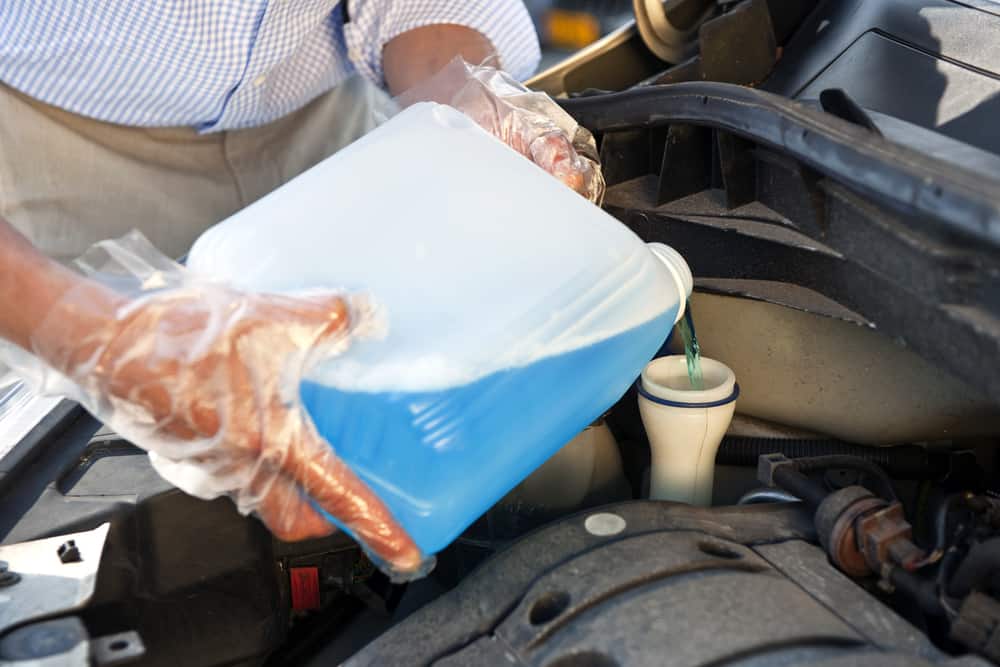
Even though it might seem like a simple process to some, there are always ways in which you can maximise cleaning power whilst minimising the overall fuss of clearing ice from your car windows. In this article we defrost some of the best tricks in the books, allowing you to warm up your de-icing skills.
Prevention is Better than Cure
If you are the type of person who likes to back their car into a space for an easy getaway then you will probably want to set up your car for maximum protection against icy weather. Check the forecast and if it sounds like there’s a chance a cold snap might be in the air, the following precautions could make all the difference in the morning;
- Use a screen protector – you can purchase these online or from certain car accessory shops, stopping the ice from sticking to the windscreen. If you don’t have the money use an old towel, folded sheet or piece of old cardboard ideally soaked in a salt water solution.
- Home-made spray – don’t know what to do with that horrific bottle of spirits you got for Christmas? Mix two parts alcohol with one-part water and put this solution into a spray bottle and liberally squirt your windscreen with your home-made anti-freeze. And never fear if you’re teetotal as the same effect can be achieved with 3 parts vinegar to 1 part water.
A Cold Wake Up Call
For the rest of us mere mortals who aren’t so on the ball, the chances are that you’re going to wake up to frosty windscreen. When you are faced with a battle first thing, what are the strategies for winning this cold war in fast fashion?
- Turn on the car – but don’t leave it running unattended as this may encourage opportunist thieves and it’s also illegal. The law says you must be in control of your car at all times. Running the car does give you a chance to use the vehicle’s heating systems to remove the cold, but it also costs you money to keep the engine ticking over.
- Give yourself the time – don’t expect to get out of the house and have the car de-iced in mere moments. Whatever method you use is going to take more than seconds to work. Put a good 10-15 minutes on your commute to get your vehicle ready for the road.
- Hot water – get reasonably hot water out of the tap at room temperature to pour on the window. A good measure of heat is using your hand to ensure that it’s not hot enough to attack the glass.
- Use the proper scraper – improvised scrapers could cost you visibility in the form of scratches and scuffs on the glass. Get a proper scraper and stick it in the boot of your car. You can use it repeatedly and it saves you the indignity of having to scrape the window with the jewel case for your favourite CD.
- De-icer solutions – as we mentioned before you can make your own de-icer solution or buy some spray or solution from the garage. Be careful when you are using these solutions as salt and antifreeze could damage your car’s bodywork.
- Wait for condensation to clear – mist on the inside of your car windows can also impact visibility once you get going. Resist the urge to wipe away the moisture with a rag or cloth as this could cause smears or smudges, so as an alternative either wind down the windows or wait for the car to warm up.
Wiper Usage
Using your wipers in the cold can be a vital aid in helping clear your windows quickly. However, you should follow a simple process to ensure that you give the mechanisms the best chance of working without problems. This quick process will prevent you from damaging your window wipers:
- Check wipers are off – operating this system in freezing conditions could damage the motors and the blades. Ensure the wipers are fully shut down before you turn on your car.
- Lift away the wipers – pull the wipers away from the windscreen. This will not only give you the space you need to clear away the frost on the glass, but also ensures that strong saline and alcohol solutions won’t damage the rubber wiper blades.
- Get the cold on the run – once the ice is subsiding from the windscreen you can use the blades to help the final stages of the clearing process. Remove the final traces of melting ice and water and restore 100% visibility.
Putting your foot down
Don’t drive off without good visibility to make sure that you limit your chances of having an accident or damaging your car. Beside the inconvenience of having to make a claim on your insurance, or worse still having to cope with an accident on your conscience, you could also find yourself the recipient of a fine.
The important factor here is giving yourself the space and time to cope with the cold. You don’t want to be dressed for the office only to find yourself mixing up vodka and water to de-ice your window and then arrive at work on Monday morning smelling like Friday night. Even if you are that spontaneous guy or girl make sure you have the resources you need, including the time to make the process of de-icing happen.










.png)